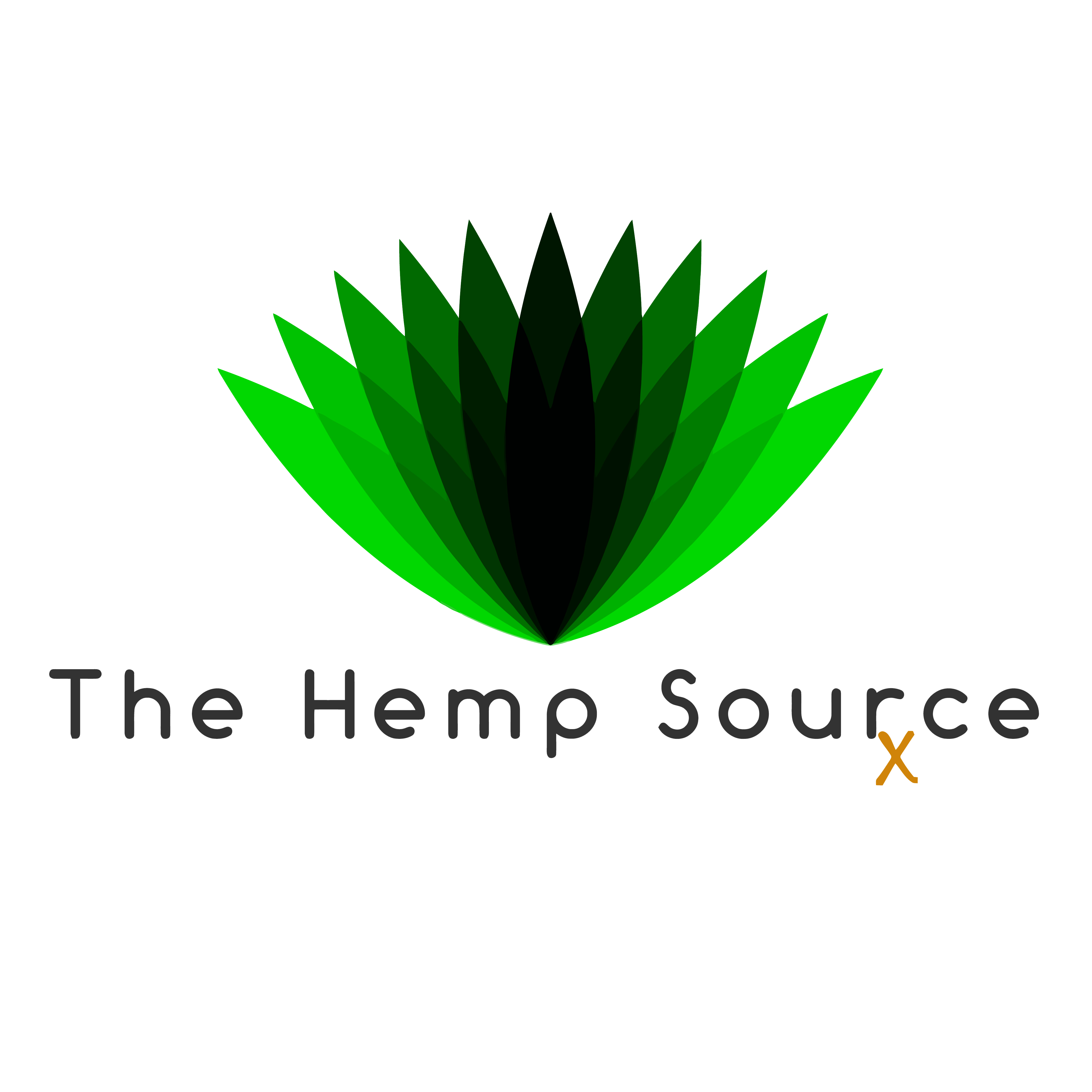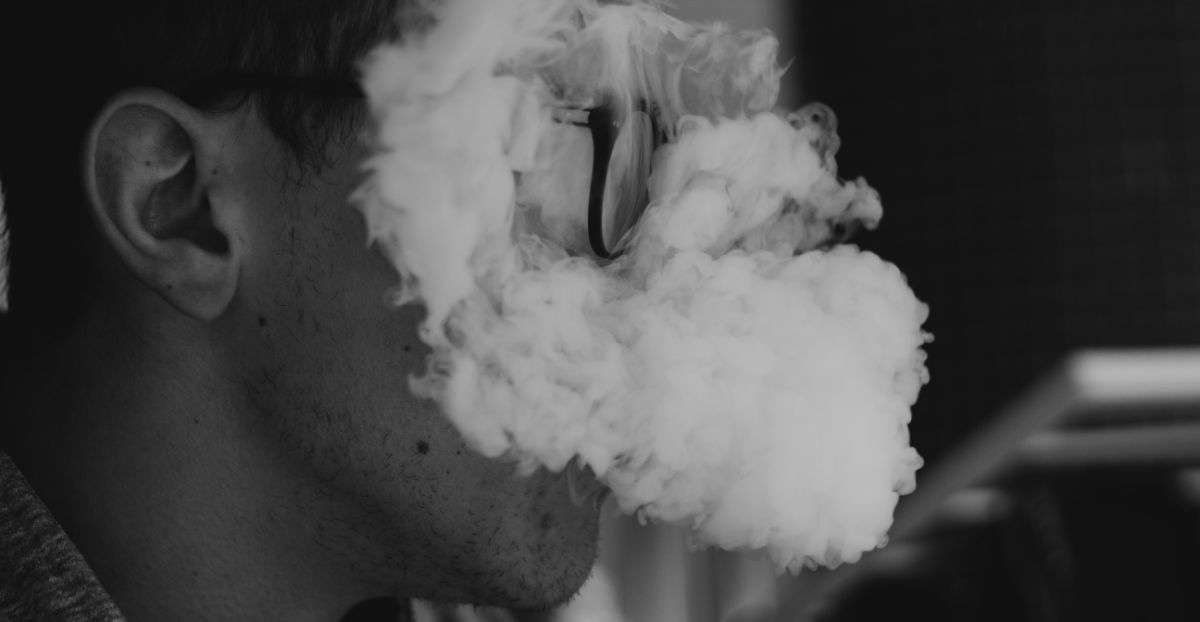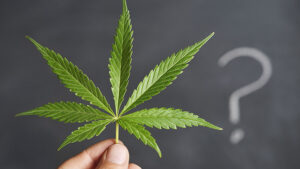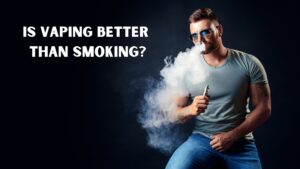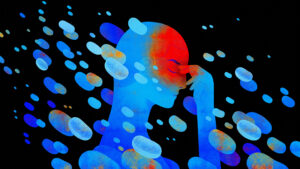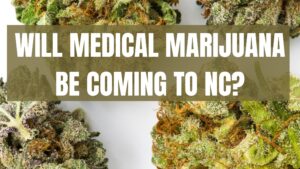Anxiety is a highly treatable and common disorder, affecting 40 million adults in the United States. Those with anxiety are more likely to be hospitalized for psychiatric disorders, but only 37% receive treatment. The most common forms of treatment for anxiety are therapy and medication. Everyone’s needs are different, so there is not one solution for anyone’s anxiety disorder. I’ve personally sought treatment through therapy and cannabis, and I’ve found what works for me (hint: it was not therapy).
Cannabidiol (CBD) is one of about 200 known cannabinoids, and it is marketed for use in relieving anxiety, depression, pain, Parkinson’s, and Alzheimer’s. There are studies which show that CBD can help reduce symptoms of anxiety, but the only FDA approved use is for epilepsy. 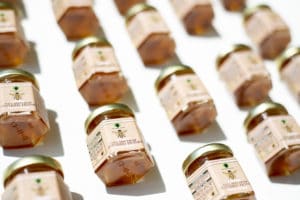
Tetrahydrocannabinol (THC) is another cannabinoid which is marketed for its psychoactive effects and relieving symptoms of anxiety. 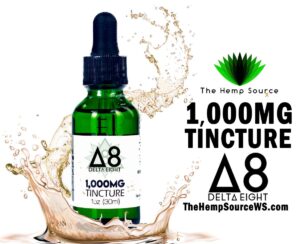
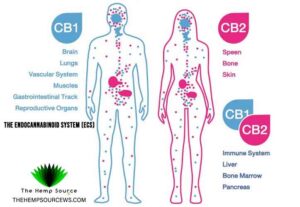
When treating anxiety with CBD and THC, it is important to start with a low dosage to test out how their ECS reacts. There is not enough research to describe exactly how cannabinoids like CBD and THC can affect anxiety, but some studies suggest that it has to do with the effects that these chemicals have on serotonin levels. While dosing with cannabinoids, it is most common for patients to take capsules of oil, administer oil with a dropper, ingest infused foods, smoke flower, or smoke concentrates (wax). Most commercialized cannabis products will state how much CBD and THC is estimated to be in a product and offer multiple options. This allows consumers the ability to choose and be aware of how much they are dosing. 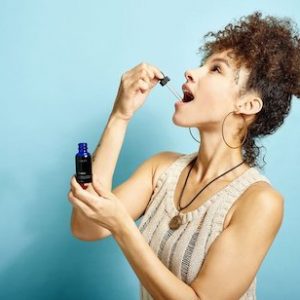
My personal experience with cannabinoids has lead me to understand what works for me and how each one affects me. I know that I have experienced anxiety reduction with high doses of CBD and low doses of THC. I’ve experienced success in CBD topicals, but not THC topicals. I’ve also gotten desired results from using THC smokeables, but not from smoking other cannabinoids like CBD. Most of my experience with cannabis has been smoking THC products to help with anxiety, sleep, and appetite. I’ve most recently used delta-8 THC concentrate to alleviate my anxiety and help increase my appetite. This experience, and my professional experience with industrial hemp products, has led me to pursue careers in the cannabis industry.
